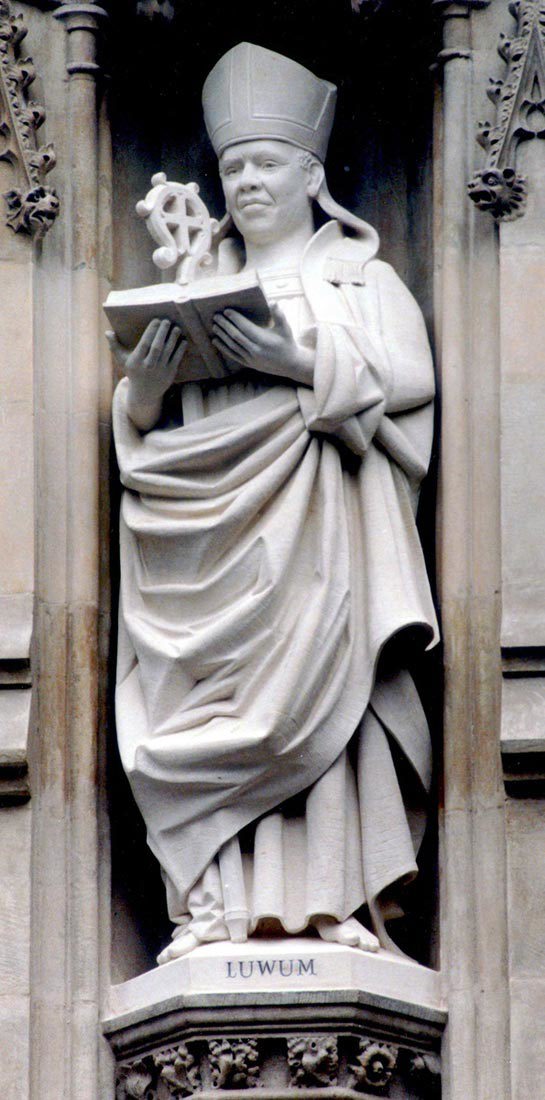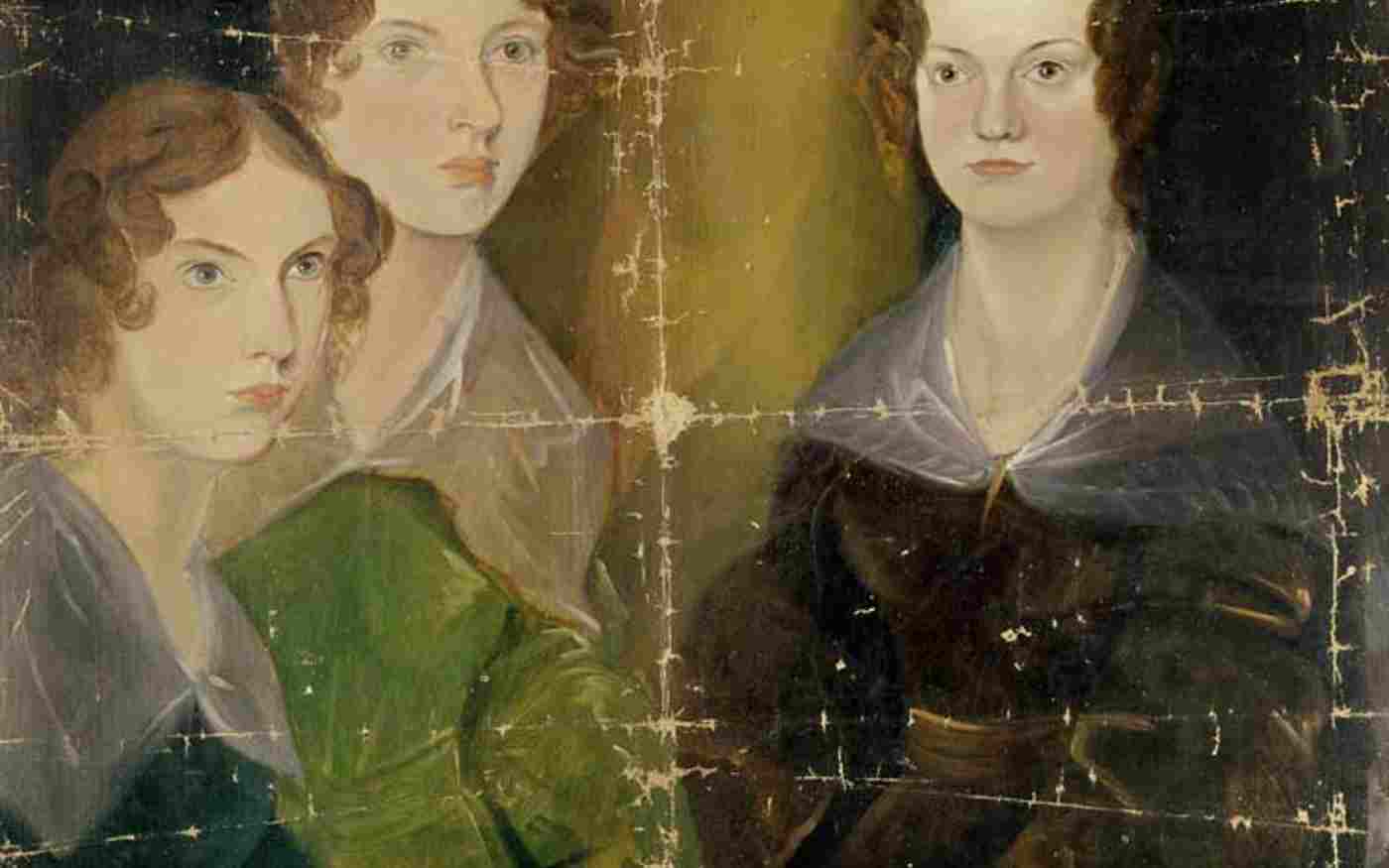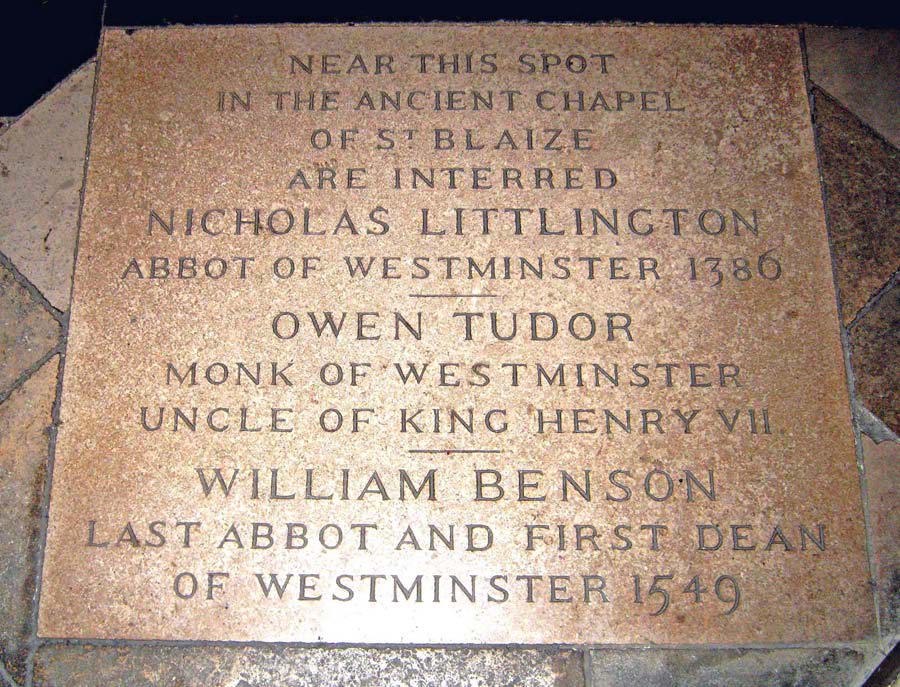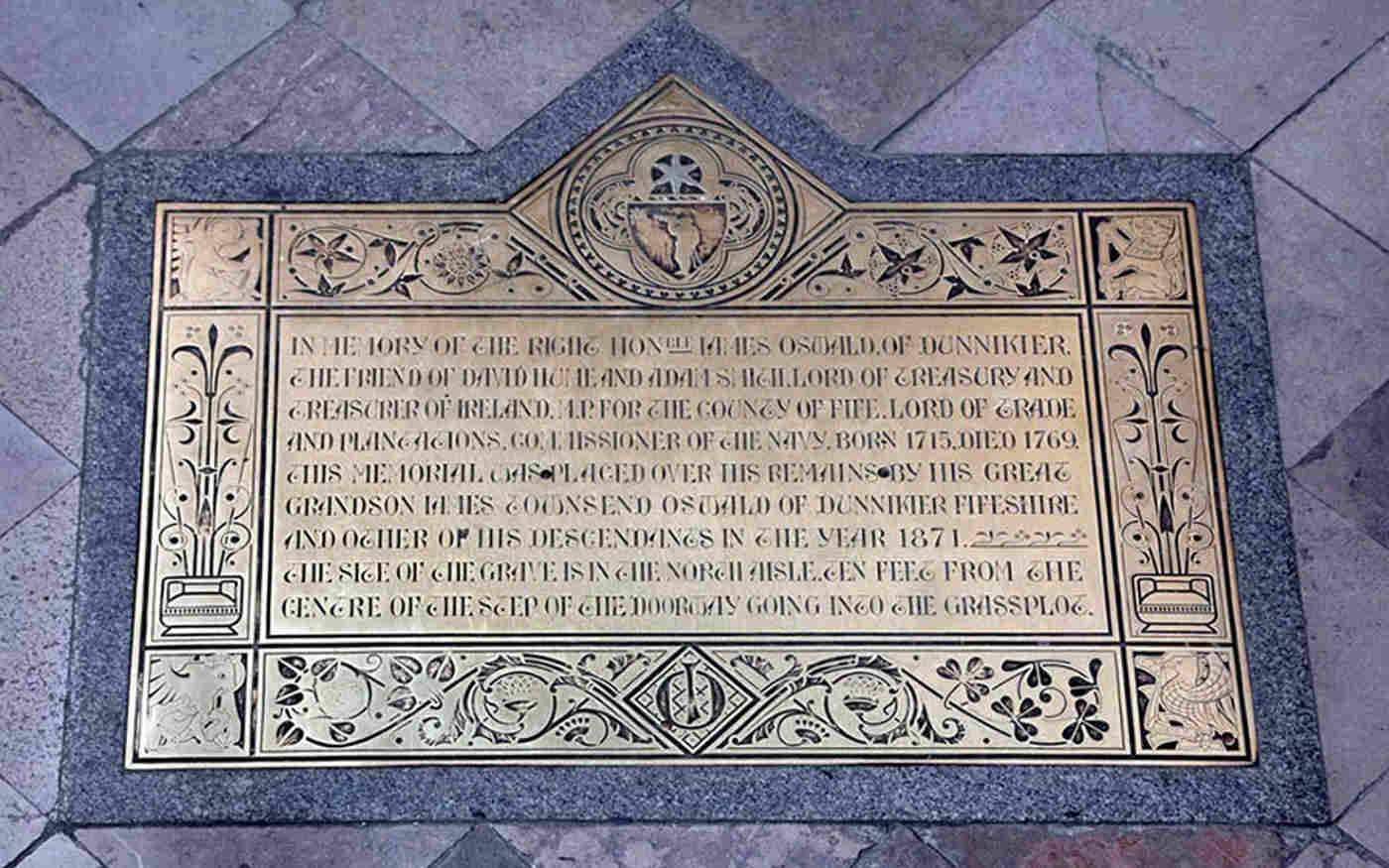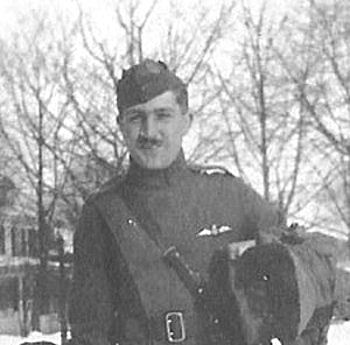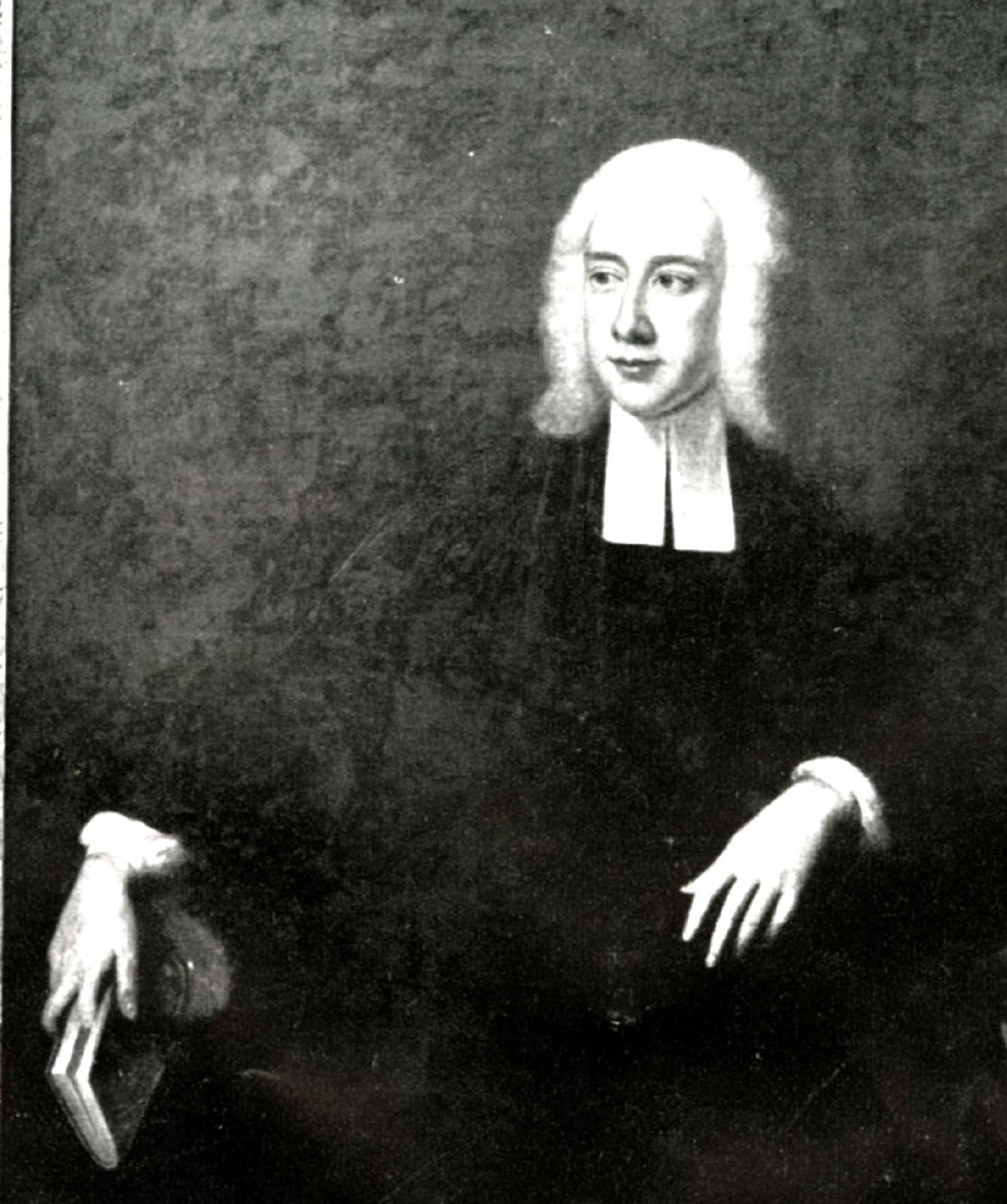Killigrew Family
In the north aisle of the nave of Westminster Abbey is a white marble monument to the memory of Robert Killigrew (baptised on 4th July 1660). It is a tablet in the form of a shield, backed by a profusion of military trophies including swords and firearms, with a coat of arms at the base. The sculptor was Francis Bird and the memorial, cut from a single piece of marble, was put up by Robert's brother Charles, the famous theatre manager. The inscription reads:
P.M. [in pious memory of] ROBERT KILLIGREW of Arwenak in the county of Cornwall Esquire, son of THOMAS and CHARLOTTE. Page of Honour to King Charles the Second. Brigadier General of her Majesty's Forces. Killed in Spain in the battle of Almanza the 14th day of April Ano.Dni. 1707. Aetatis Suae [aged] 47. Militavit annis 24 [24 years of military service]
On the ledge at the base is a Latin inscription which can be translated:
Placed by his sorrowing brother.
The coats of arms is "argent within a bordure sable bezanty, an eagle displayed with two heads of the second, armed or" (a silver shield with a border and a black two-headed eagle)
The Killigrew family had been based in Cornwall since the mid 13th century, the family seat at Arwenack being established in 1385. Robert's father Thomas was a son of Sir Robert Killigrew (vice chamberlain to Henrietta Maria, queen to Charles I), and Mary (Woodhouse) his wife. He was born in 1612 and became a dramatist, a notorious groom of the bedchamber and master of the revels at Court. His first wife was Cecilia Crofts, maid of honour to Henrietta Maria, and she was buried in the Abbey on 5th January 1638. Their son was Henry. Thomas met his second wife Charlotte, daughter of Johan van Hesse, in Holland while in exile with Charles II. She became keeper of the sweet coffers to Catherine of Braganza, queen of Charles II. Thomas was buried in the south transept of the Abbey on 18th March 1683. He has no monument or gravestone.
Three of Thomas's sisters are also buried in the Abbey: Anne, dresser to the queen and wife of George Kirke, who was drowned in the Thames and buried on 9th July 1641; Mary wife of Sir John James buried on 10th November 1677 (she has a monument in the north choir aisle); and Elizabeth wife of Viscount Shannon who was buried on 4th January 1681.
The Reverend Dr Henry Killigrew, son of Sir Robert and Mary, was a Canon of Westminster in 1642 and again after the Restoration from 1660 to his death. He was brother of Thomas and Sir William Killigrew, both dramatists. He presented the black and white marble pavement in the Abbey's Lady Chapel. A small brass on the north, near Henry VII's tomb grille, records his gift and the Latin can be translated:
Henry Killigrew S.T.P. [professor of sacred theology] Prebendary of this College gave this marble pavement. Died March 14 1699
The date of his death in modern dating is 1700. A later copy of this inscription on the south side gives a wrong date for the presentation.
He was born on 11th February 1613 and was a chaplain in the King's army during the Civil War and was in Oxford until 1645. When Charles II was restored to the throne in 1660 Henry became rector of Wheathampstead in Hertfordshire and chaplain and later almoner to James, Duke of York. In 1663 he was made Master of the Savoy [Hospital] in London and was buried there with his wife Judith (lady in waiting to Catherine of Braganza who had died in 1682). Their daughter Anne, who died of smallpox in 1685, was a poet and painter, son Henry was an Admiral and Member of Parliament, son James was killed in 1695 serving in the navy and daughter Elizabeth married the Reverend John Lambe.
Sir William Killigrew was buried in the north ambulatory ("north aisle of the monuments") on 17th July 1665 but he has no marker or monument. Most of the Court was absent from London at the time of his funeral due to the plague and only a few clergy were present. He was the sixth son of John Killigrew, Lord of Arwenack (or Arwenick) and his wife Dorothy (daughter of Thomas Monck of Potheridge in Devon) and was born in 1600. He appears to have been knighted abroad and was created a Baronet in 1660, with remainder to his nephew Peter, son of his brother Sir Peter Killigrew. He was a great soldier, Colonel of a regiment in Holland and served the King of Denmark. He died unmarried.
Further reading

This image can be purchased from Westminster Abbey Library
Image © 2025 Dean and Chapter of Westminster

This image can be purchased from Westminster Abbey Library
Image © 2025 Dean and Chapter of Westminster
